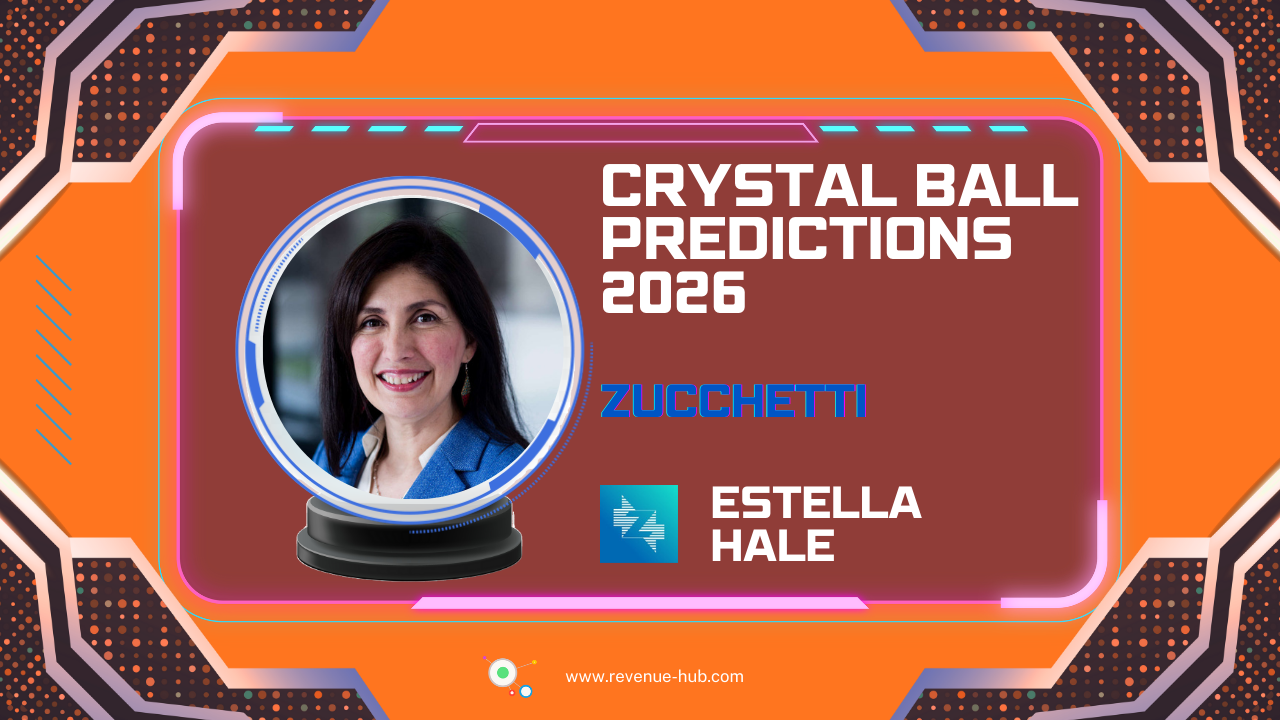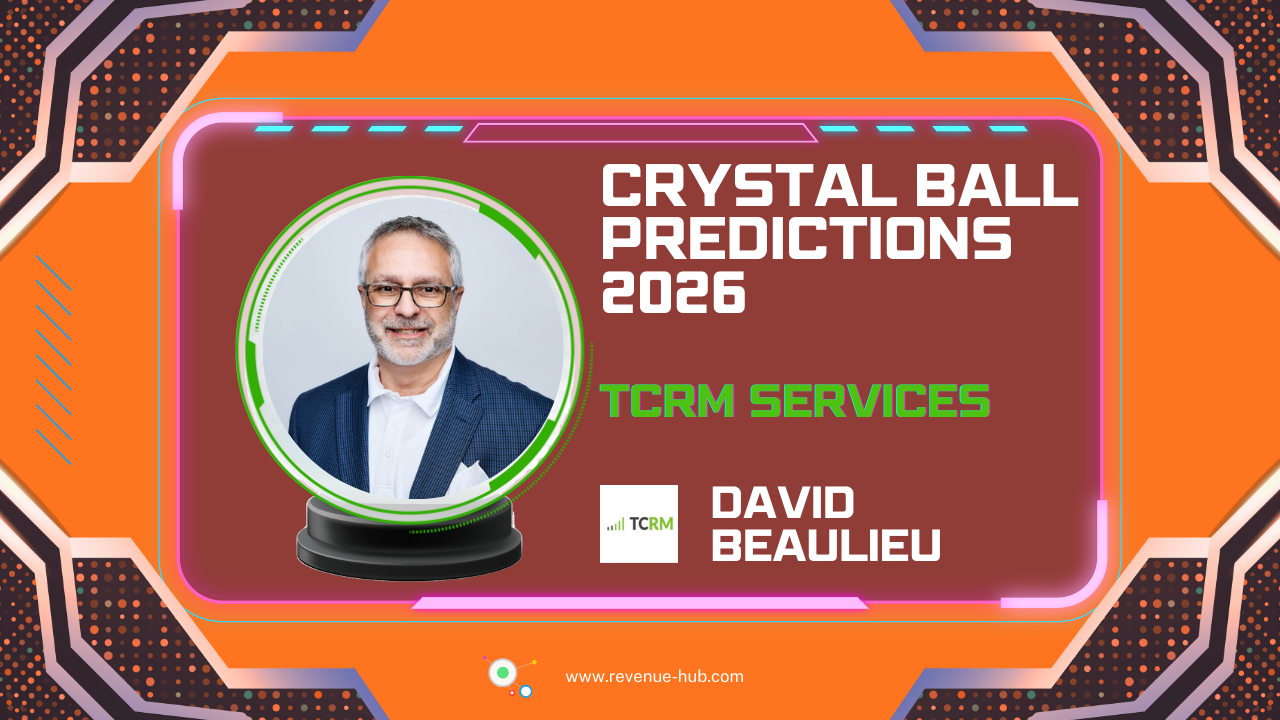Raising rates can be one of the most nerve-wracking parts of revenue management – especially when bookings feel fragile.
NB: This is an article from Topline Revenue, one of our Expert Partners
Subscribe to our weekly newsletter and stay up to date
But done correctly, increasing your rates won’t scare guests away. It’ll help you avoid selling out too early at the wrong price.
The trick is knowing when to raise, how much, and how to message it – all without second-guessing your own strategy or getting spooked by pace reports. This guide will walk you through how to do it right.
It’s Not the Rate Increase. It’s the Lack of Strategy
The hesitation around raising rates usually comes from one of two places: fear of slowing down demand, or pressure to “just follow the compset.” Neither is a strategy.
Most hotels are leaving money on the table not because their rates are too low all the time – but because they didn’t recognize the moment when demand justified a push. The market gave them the green light, and they didn’t hit the gas.
Raising rates isn’t about being bold – it’s about being prepared. If your internal signals say demand is climbing, and you wait out of caution, you’re essentially discounting by default. And chances are, your guests didn’t need the discount to book in the first place.
Know the Signals That Say “Raise Now”
There’s no single data point that says “go,” but when several align, you should listen. These are the internal signals that suggest it’s time to move rates up:
1. Pickup Just Spiked – Respond Accordingly
If your pickup suddenly jumps – for example, 30 rooms booked overnight for a date still weeks out—that’s not normal. That’s demand talking.
What to look for:
- Large same-day or week-over-week pickup
- High pickup for a date that’s historically slower
- Multiple booking sources contributing (not just a group block or OTA promo)
What to do: Raise the rate tier for that date. Even a small increase can protect ADR while still capturing momentum.
2. Booking Pace Is Ahead of the Curve
Let’s say it’s 45 days out from a weekend in August, and you’re already 50% booked. Last year you hit that same level 20 days before arrival. You’re ahead.
This isn’t “wait and see” territory – it’s rate movement time. Early occupancy signals compression is coming, and if you’re still priced as if the date’s soft, you’re behind the market before it even gets busy.
3. Your Occupancy Thresholds Are Hit
Once you’ve sold most of your rooms, raising the price on the last few won’t move the needle much. The time to push rate is before you’re nearly full.
Set these internal triggers:
- 40–50% occupancy = entry-level rate
- 60–70% = move up one tier
- 80%+ = shift to best available rate (BAR) or last-room value
Occupancy triggers help you remove emotion and base pricing decisions on inventory scarcity. The higher you climb, the more confident you should be.





